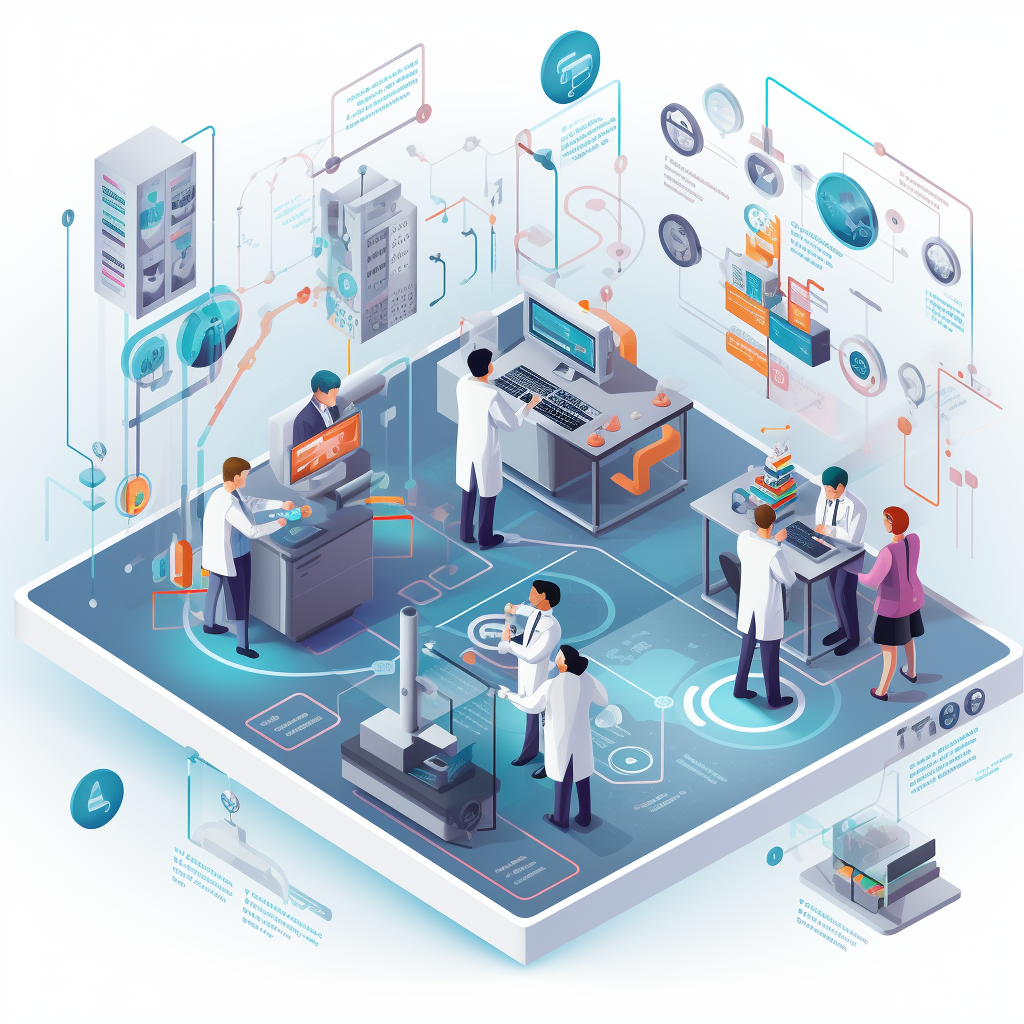Challenges in everyday laboratory work
Increasing process efficiency and optimizing resource use in laboratories worldwide is a continuous challenge. Traditional methods, often characterized by manual processes and fragmented data management, lead to inefficiencies, inflated costs, and wasted time. This problem is exacerbated in an environment that demands fast, accurate, cost-effective results.
Lean Six Sigma as a solution approach
Lean Six Sigma, a methodology originally developed in the manufacturing industry, offers a systematic approach to process optimization. Applied in the laboratory environment, it aims to minimize waste, streamline processes, and improve the quality of results.
Process optimization and resource efficiency
The first step is to identify processes that are inefficient or prone to errors. Lean Six Sigma uses tools such as value stream mapping to visualize the entire workflow and pinpoint bottlenecks. This makes it possible to create targeted improvements by automating repetitive tasks or reorganizing workflows.
Data analysis and continuous improvement
Data plays a crucial role in Lean Six Sigma. Analyzing laboratory data allows patterns to be recognized, process deviations to be identified, and corrective measures to be initiated. Statistical process control (SPC) and failure mode and effects analysis (FMEA) are essential.
Integrating Lean Six Sigma into the Smart Lab concept, which uses digital technologies such as IoT, artificial intelligence (AI), and cloud computing, takes laboratory automation to a new level. Automated systems, in combination with connected devices and workflow automation, collect and analyze data in real time, allowing process improvements to be implemented dynamically and efficiently.
The application of Lean Six Sigma in the laboratory leads to leaner, more efficient processes and optimal resource use. It enables laboratories to increase the quality and quantity
of their work while reducing costs and lead times.
Prospects and trends
The future lies in further integrating Lean Six Sigma principles into the digital transformation of laboratories. Trends such as machine learning and advanced data analytics will continue to drive opportunities for process optimization. Personalized medicine and complex research requirements will increasingly benefit from these efficient and flexible systems.
Therefore, Lean Six Sigma in the laboratory is not only a tool for the present but also a pioneer for future challenges and innovations in the world of science. Labs that adopt this approach will be at the forefront of research and make a decisive contribution to future scientific discoveries.

Optimizing processes and resources. Picture generated with midjourney.



